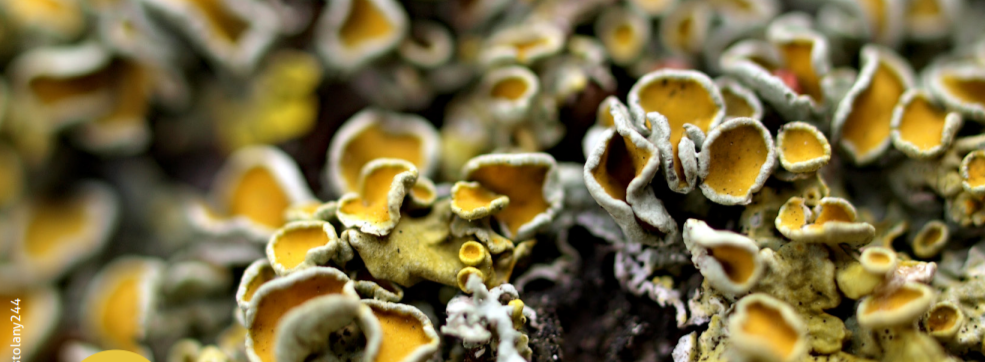A strong duo
Lichens are everywhere, colonising both the trees in our street and the rocks north of the Arctic Circle. Impressive? But that's not all: they are also essential to the arrival and survival of many species. They can even be used by researchers to assess air pollution. It is worth taking a closer look... A combination of algae and fungi, the lichen reveals its secrets. A lichen is made up of an alga and a fungus: there are more than 18 000 species, found in almost all terrestrial environments.
Are lichens algae or fungi? A bit of both! In fact, they are made up of these two organisms living together in symbiosis. The fungus protects the algae from external aggression, provides it with water and minerals and allows it to attach itself. The alga provides sugars and nutrients from photosynthesis that enable the fungus to grow.
Lichens have long intrigued scientists. They did not know which other living beings to classify them with: mosses, fungi, algae? It was not until the end of the 19th century that the Swiss botanist Simon Schwendener highlighted the particular organisation of lichens. Today, these organisms are classified in the kingdom of fungi. There are about 18,000 species worldwide, including 3,000 in France.
These organisms are easy to observe. They can be found in all terrestrial environments: in forests, in towns, by the sea, in deserts; on trees, on stumps; on walls, roofs, on rocks (even partially submerged) and even on fairly poor soil. But also in the mountains, in deserts and wetlands.

